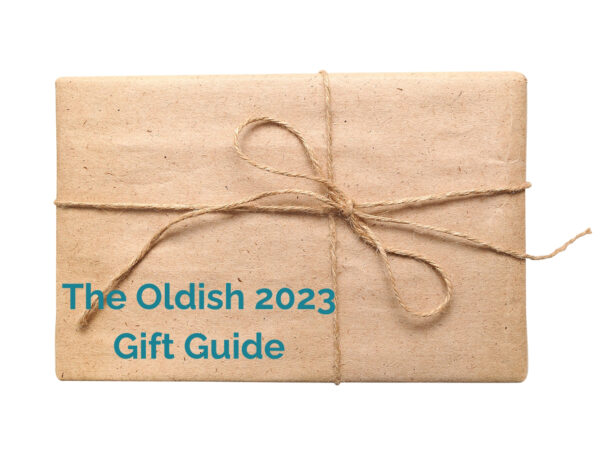A simple test, often used to measure frailty among elderly adults, may also provide an easy, inexpensive and non-invasive way to determine the risk for complications or death from surgery in older patients.
Research, published in the Journal of Vascular Surgery, studied 311 vascular clinic patients with an average age of 69. A grip test was used to determine a patient’s muscle mass and frailty. If an elderly patient is frail, they may be good candidates for pre-surgical rehabilitation to strengthen muscles for a better outcome post-surgery. Grip strength is measured by squeezing a calibrated hydraulic hand dynamometer and is simpler and more precise that other tests used to assess frailty such as the timed “get up and go” test in which patients rise from a chair, walk and return or gait evaluation testing.
In geriatric medicine the term frail refers to a syndrome, common among elderly patients. Older adults who move slowly, show signs of weakness and fatigue and have lost weight are consider to be frail and may not bounce back well from physical stresses like surgery. The risk of death from surgery is increased among frail patients and they may suffer more complications such as blood clots or infection. According to a study published in the JAMA Surgery, frail older adults are at two to four times greater risk for serious complications.
Taking the time to consider frailty before any surgery is important although routine screening may not always take place. Seniors or their families must advocate for themselves to help avoid longer hospital stays, readmission to hospital, a move to a nursing home or even death. With an aging population, the number of surgeries on elderly patients will likely increase and frailty screening could be a important tool for improving surgical outcomes.






Add Your Voice
0 Comments
Join the Discussion